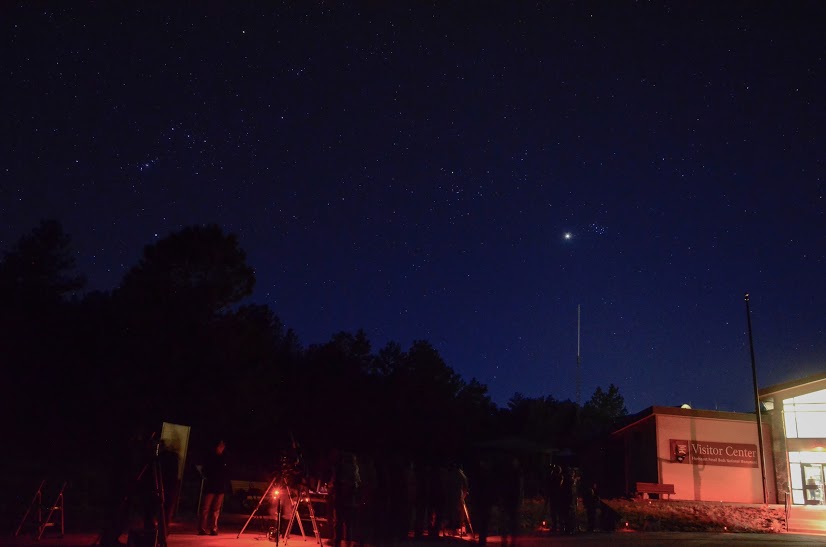
Saturday night ended up being a clear night at Florissant Fossil Beds National Monument Star Party. CSAS Volunteers included Jim Uram, David Warner, Hal Bidlack, Michael Connally, and of course Leo Sacks wowed the 30 or so visitors to the park that evening. They first enjoyed an informative talk by Leo and then moved outdoors where the sky had cleared up and the queuing at the scopes began.
Orion was viewed of course, along with Jupiter and Venus, star clusters, constellations and much more. Thanks to everyone who volunteered and those who attended.
Your next chance to see the dark skies at Florissant Fossil Beds National Monument is April 22nd at 8pm. To volunteer to represent CSAS, please check out the forum or calendar post for this date. For more information from the National Park website, see: http://www.nps.gov/flfo/learn/news/night-sky-programs-in-april-2015.htm
Below are some pictures I took from the event, sorry for the quality, but hopefully it helps show our volunteers and the quality of the night sky at Florissant. To see the picture larger, just click on it.
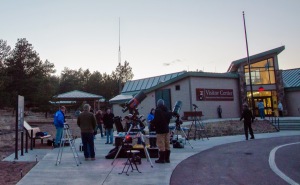
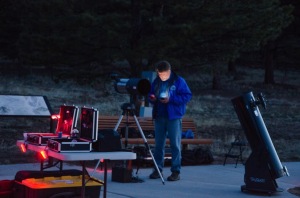
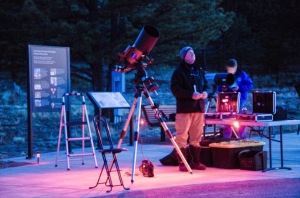
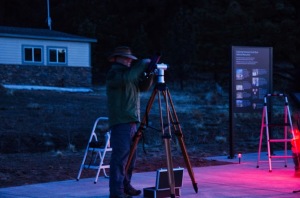
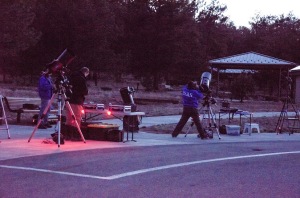
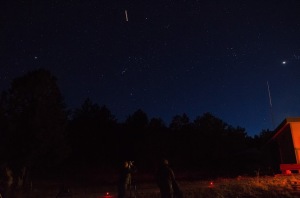

Thanks for the pictures and write-up Cindi! The skies were really great that night. I was showing people stunning views of M81 and M82, M51’s spiral arms and the M3 Globular Cluster. The dark skies also afforded much more pronounced views of the detail in the Orion Nebula. While I appreciate the ability to set up close to home for people in the Colorado Springs area to come and observe with us, the Florissant Dark Sky events give us the ability to show sights through our telescopes that just aren’t possible in areas with high light pollution. For people observing the same objects in both dark skies and light polluted skies, it really gives an effective demonstration of what we lose when we lose the night sky to artificial lights.